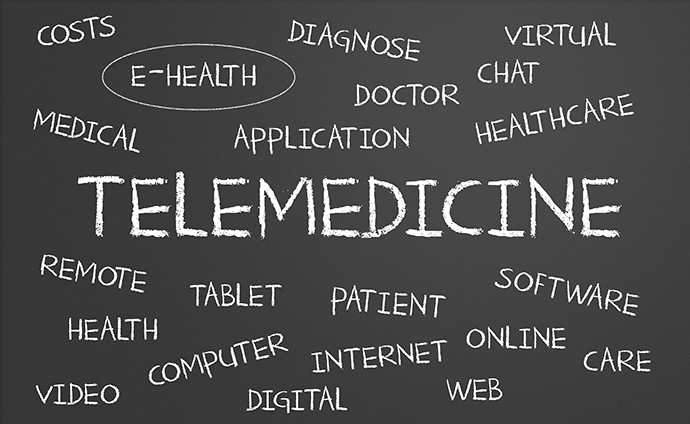Lawmakers Eye Medicare Coverage for Telehealth in Home Health Care
Bills introduced in both the Senate and House last week call for Medicare coverage for home health care services provided via telehealth during a public health emergency.

Source: Telehealth reimbursement
- A new bill before Congress aims to improve Medicare coverage for home health services delivered via telehealth during a public health emergency.
The Home Health Emergency Access to Telehealth (HEAT) Act, introduced in both the Senate and House last week, aims at improving care management at home by allowing home healthcare programs to use connected health platforms. Home healthcare groups have long lobbied the Centers for Medicare & Medicaid Services for more access to and coverage of telehealth, with mixed results.
“The COVID-19 pandemic has challenged home health providers’ ability to provide care to patients in their homes,” Senator Ben Cardin (D-MD), a member of the Senate Finance Health Care Subcommittee and co-sponsor of the Senate bill with Susan Collins (R-ME), said in a press release. “Home health providers have been able to overcome these challenges by utilizing telehealth to deliver some services to Medicare beneficiaries. This legislation allows home health services to be provided via telehealth during a public health emergency in order to ensure patients receive needed care.”
“Home health serves a vital role in helping our nation’s seniors avoid more costly hospital visits and nursing home stays,” added Collins, who chairs the Senate’s Aging Committee. ”The COVID-19 emergency has further underscored the critical importance of home health services and highlighted how these agencies are able to use telehealth to provide skilled care to their patients.”
The bill would expand telehealth coverage during a public health emergency for home health services via “visual or audio telecommunication systems.” The use of telehealth must be deemed appropriate, must be approved by the beneficiary prior to use, and would be reimbursed only if those telehealth visits don’t make up more than half of all billable visits during a 30-day payment period.
While the bill would improve telehealth adoption during a crisis, it doesn’t address issues raised by the industry in improving adoption beyond an emergency.
CMS currently does not recognize the home health care provider as a telehealth provider – instead, it allows primary care providers to prescribe telehealth services in the home, and manages the services provided by home health care companies. In other words, doctors and other practitioners can prescribe and bill for telehealth services furnished, but home health care providers can’t.
In addition, telehealth visits do not count toward a home health care providers’ low-utilization payment adjustment (LUPA) threshold, which sets a minimum number of in-person visits that a care provider must complete.
The hope among many is that home health care programs can show enough success using telehealth during the emergency to prompt changes to long-term coverage, either via CMS or a Congressional action.
